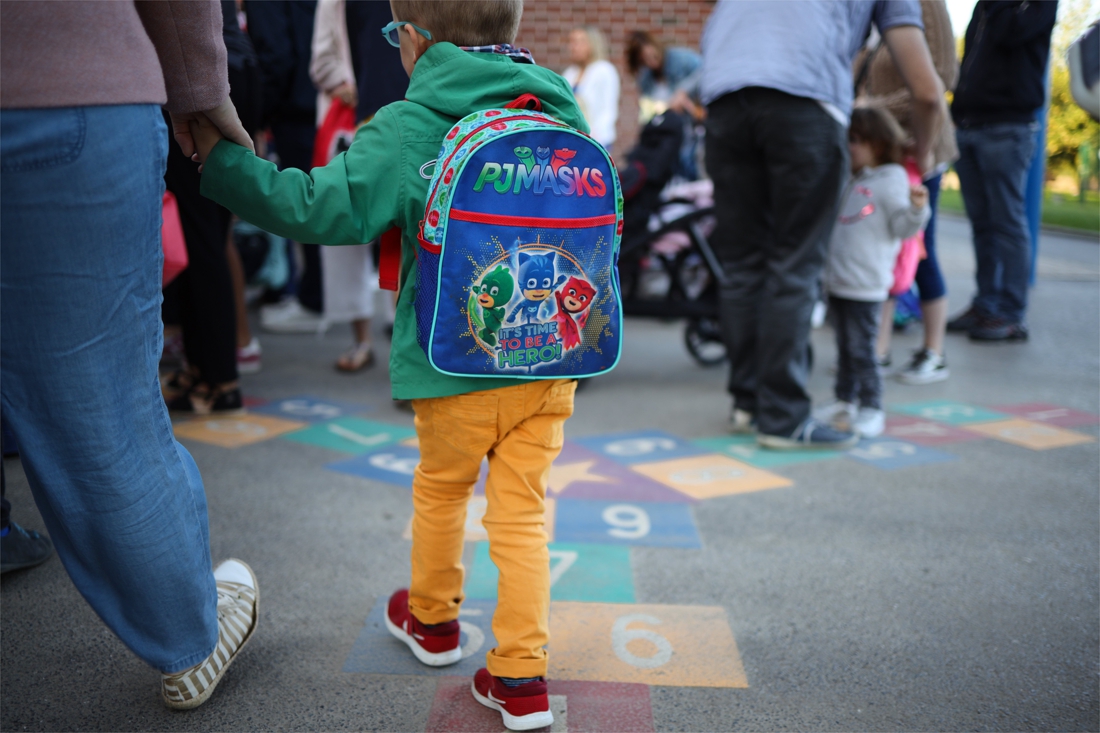Researchers from KU Leuven have started a pilot project on language screening among 2,000 preschool children. The Flemish Minister of Education Ben Weyts (N-VA) has announced this. ‘The language screening should not be delayed, because we really need this instrument,’ says Weyts.
–
Language screening for pre-school children has already been the subject of much discussion in the Flemish Parliament. The screening should check whether pre-schoolers have enough language skills in Dutch to be able to start the first year. Opposition parties Groen, SP.A and PVDA wondered whether the screening would not constitute an additional barrier for toddlers, and whether the test would have sufficient scientific support. At the beginning of July, the majority parties CD&V, N-VA and Open VLD approved the proposal within education decree XXX.
Minister Ben Weyts has now had a test carried out by employees of the KU Leuven, which will be tested in the coming months with 2,000 preschoolers in about 80 nursery schools. ‘We organize the screening at the start of the third kindergarten, so we still have the whole year to update the children in the field of Dutch if necessary,’ says Weyts. ‘I think the days of non-commitment are over, we have to take firm measures. When children start with a delay in Dutch, that distance will only increase in other subjects. ‘
According to the minister, the added value of the test lies in the uniformity: all schools in Flanders will use the same instrument. ‘In this way you can make a scientific statement about how well a toddler should perform in Dutch, in order to be well prepared for the first year,’ says Kris Van den Branden, promoter of the pilot project.
The language test itself will be taken in class by the trusted kindergarten teacher. ‘We focus on listening skills, for example understanding instructions, following stories that are read aloud, and so on. Moreover, those skills are a good indicator for functioning at school in the first year ‘, says Van den Branden.
A final version of the test will be made with all data collected during the pilot project. The final version should be ready in the spring, so that the screening can be offered to all schools in May and June. Next school year the test can then be taken for the first time with all preschoolers in the third kindergarten class.
– .


